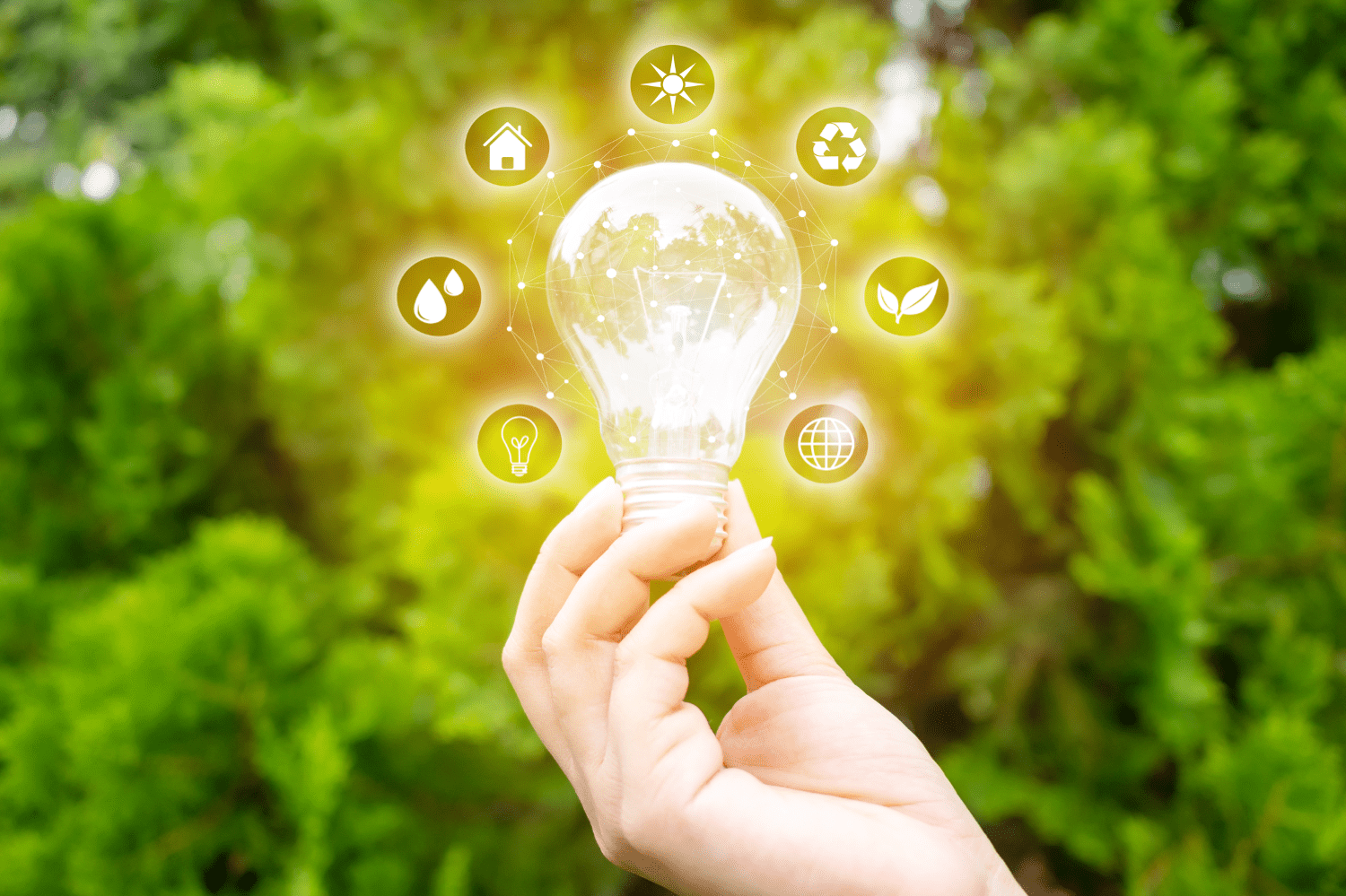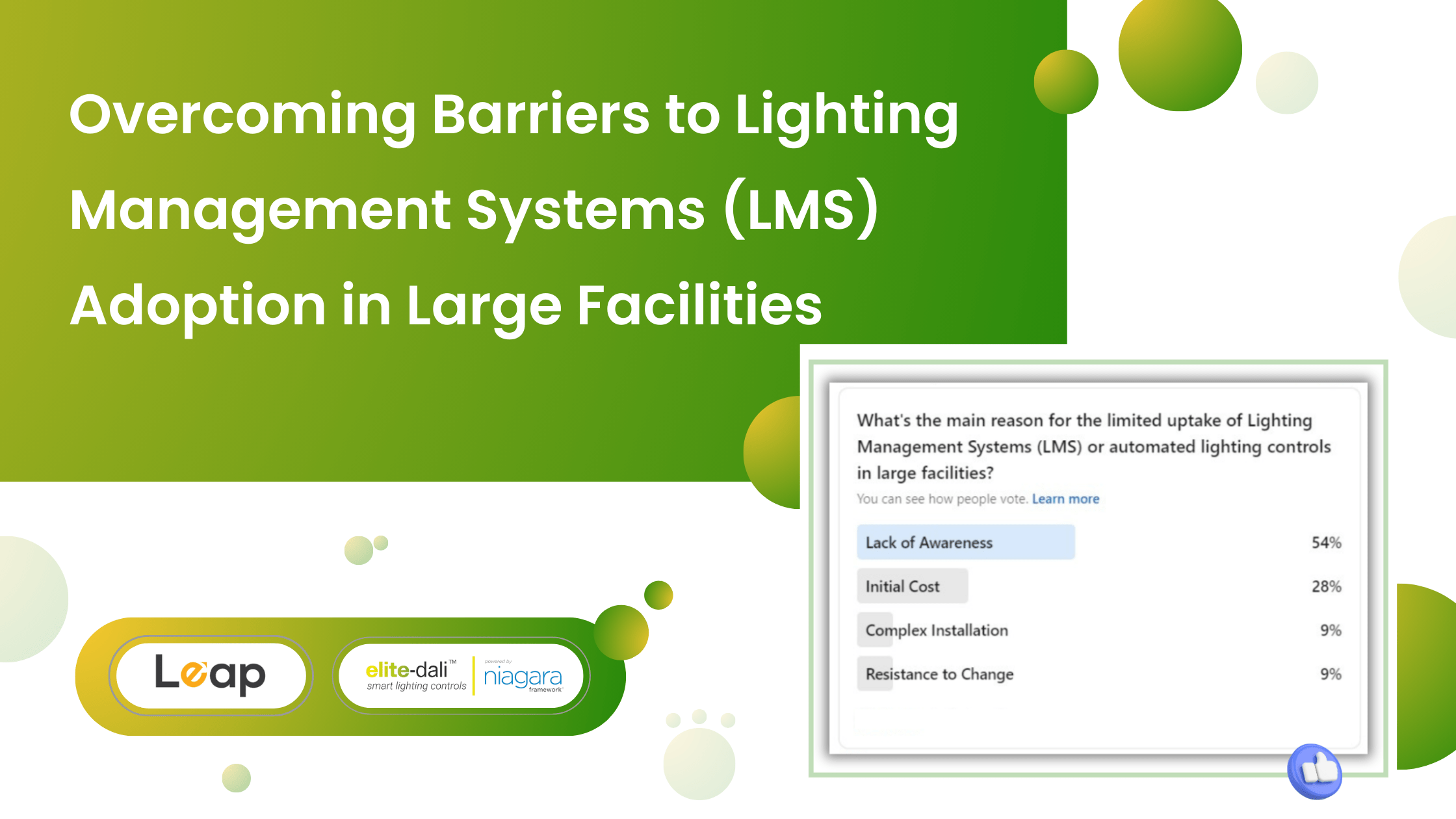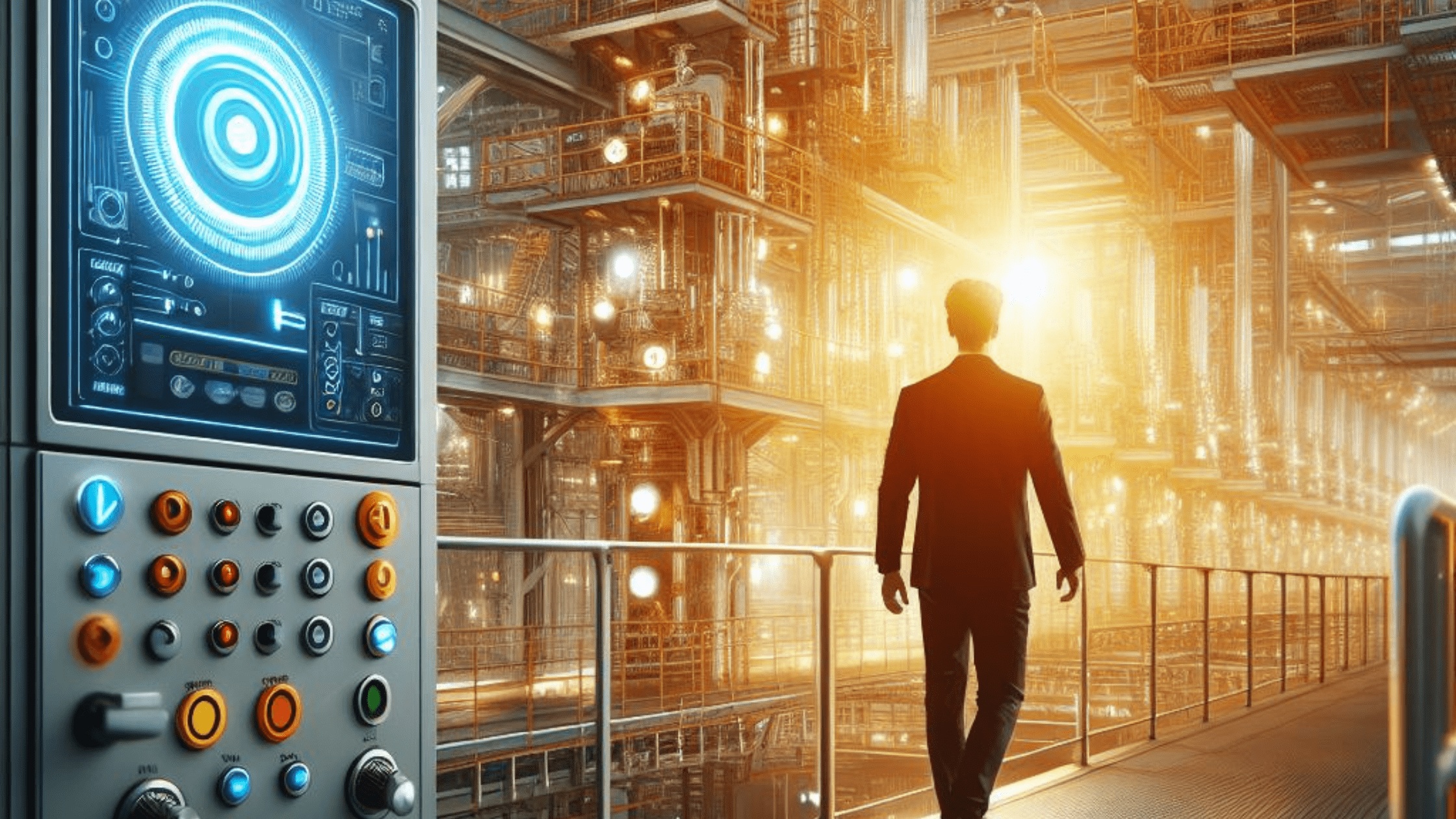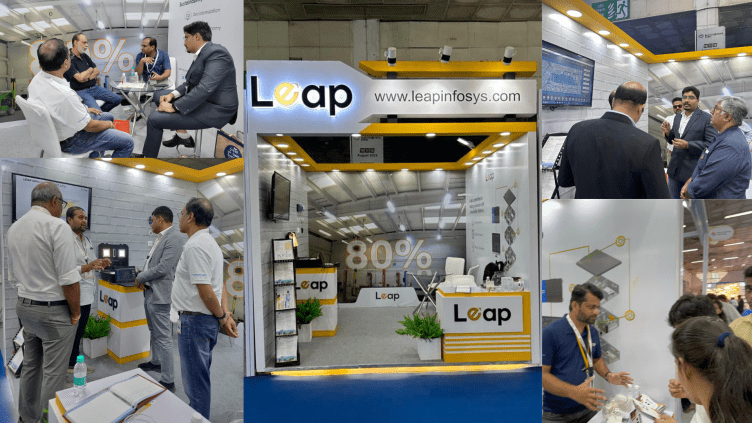Sustainable Lighting and Control Systems; A gateway to curb energy costs
Table of Contents
When mankind makes prudent use of resources in order to maintain an ecological balance, the usage pattern is said to be sustainable. Leaving the lights on in a room even after everyone has left is not sustainable. Unwise lighting choices and imprudent usage of the same put a heavy toll on organizations, in terms of energy costs. Power consumption for lighting is still one of the biggest contributors to global power consumption values.
Around fifteen percent of global energy consumption rates are made up of power consumed by lighting systems worldwide. Fossil fuels like coal and petroleum are still the primary fuels used for power generation. Resources of coal and petroleum are depleting fast and the unsustainable usage of power for lighting will only increase energy costs. However, lighting is something that cannot be compromised due to its importance in multiple areas.
Lighting is an important factor in more ways than one. In professional settings such as offices, lighting is an important factor that has effects on the well-being and productivity of employees.
The aesthetic quality of lighting is something that the human mind is drawn to, therefore people are drawn towards optimally lit rooms. However, in a bid to use lighting to the fullest, we tend to forget about the impact of excessive and unsustainable usage of lights on the environment. Identifying sustainable lighting options and sustainable lighting controls are of paramount importance in correcting the current lighting usage imbalance. Sustainable fuels, alternate power generation methods such as wind turbines or tidal turbines are not always within the reach of all business owners or even mid-sized corporations.
Why to use sustainable lighting and controls?
The easiest alternative for companies is investing in sustainable lighting and controls for their buildings. Sustainable lighting and controls refer to the use of lighting systems that limits power consumption, without affecting the comfort of occupants in a room. Indoor lighting is classified into two types based on the source of light as natural and artificial. Natural lighting in buildings refers to sunlight, and artificial lighting refers to light from artificial lighting sources such as light bulbs or lamps.
Most office buildings use static lighting for illumination. Static lighting refers to the use of light sources that provide the same intensity of lighting at all times. In a bid to create a green building lighting design, often energy-efficient LED bulbs are used. Even after installing these energy-efficient LED bulbs, high luminosity, uneven light levels, and unnecessary illumination cause discomfort, and in extreme cases, it causes strain to the occupants’ eyes if exposure prolongs. Another drawback of static lighting systems is that they lack the technology to monitor themselves to locate faulty wiring or malfunctions and this leads to energy losses.
In order to create an effective green building lighting design to optimize usage of lighting, sustainable lighting and controls is a sensible choice as it often involves automation and dynamic lighting to a good extent. Dynamic lighting uses light sources that can vary the intensity with which they illuminate the room. Most often dynamic lighting systems are linked to a centralized control unit that collects data about the intensity of lighting from sensors and uses this data to regulate the intensity of illumination provided by artificial lighting sources. Some dynamic lighting systems have advanced features that are able to monitor the system for faults and notify the users.
elitedali’s Dynamic Daylight Harvesting Solution: A step towards a sustainable future
elitedali offers sustainable lighting management solutions to offices, factories, or warehouses. These solutions ensure optimal lighting, energy savings, and efficient workspaces. elitedali offers a Dynamic Daylight Harvesting system which ensures occupant comfort while cutting down energy consumption costs.
These (IoT) Internet of Things-driven systems are automated by sensors monitoring the level of ambient or available light in a room in real-time. These systems use a combination of natural lighting and artificial lighting to provide optimal lighting. Good natural lighting has a positive effect on productivity, but it is unreliable. Artificial lighting is reliable, but factors such as uncontrolled luminosity could affect the productivity of occupants in a room.
elitedali’s dynamic daylight harvesting solution uses an array of sensors and a connected light management system to provide optimal lighting for a room in real-time based on the ambient or available light and the occupancy in that room. This system has sensors in place to detect uneven light levels and unnecessary illumination in rooms or areas that are not occupied. This helps maintain energy efficiency while maximizing occupant comfort and productivity.
These IoT-driven lighting changes are automatic and so subtle that the occupants would never have to experience lighting that is too harsh or too dim. Statistics collected from elitedali’s clients show 60-70% savings on energy bills and also enhanced life of light fixtures, maintenance costs are also lesser due to remote monitoring and fault detections.
In terms of occupant comfort and productivity, 37% increase in concentration, and 30% reduction in fatigue caused by improper lighting. Reduced shutdown times due to automation have a direct impact on the production schedules of organizations. Apart from automated decisions, users can make decisions on lighting based on all possible data points that are available on the system.
Bottom Line
elitedali is known for its market disruptive web based IoT solutions for convergent and integrated lighting controls and automation. We have more than 70 global partners and distributors. elitedali lighting systems is based on open standard Niagara framework for delivering convergent lighting controls and automation of DALI intelligent addressable light fixtures. These systems enable clients to not only save energy and costs but also address sustainability. Convergent systems reduce initial investments for control systems and also reduce complexities, energy consumption, and maintenance charges.








